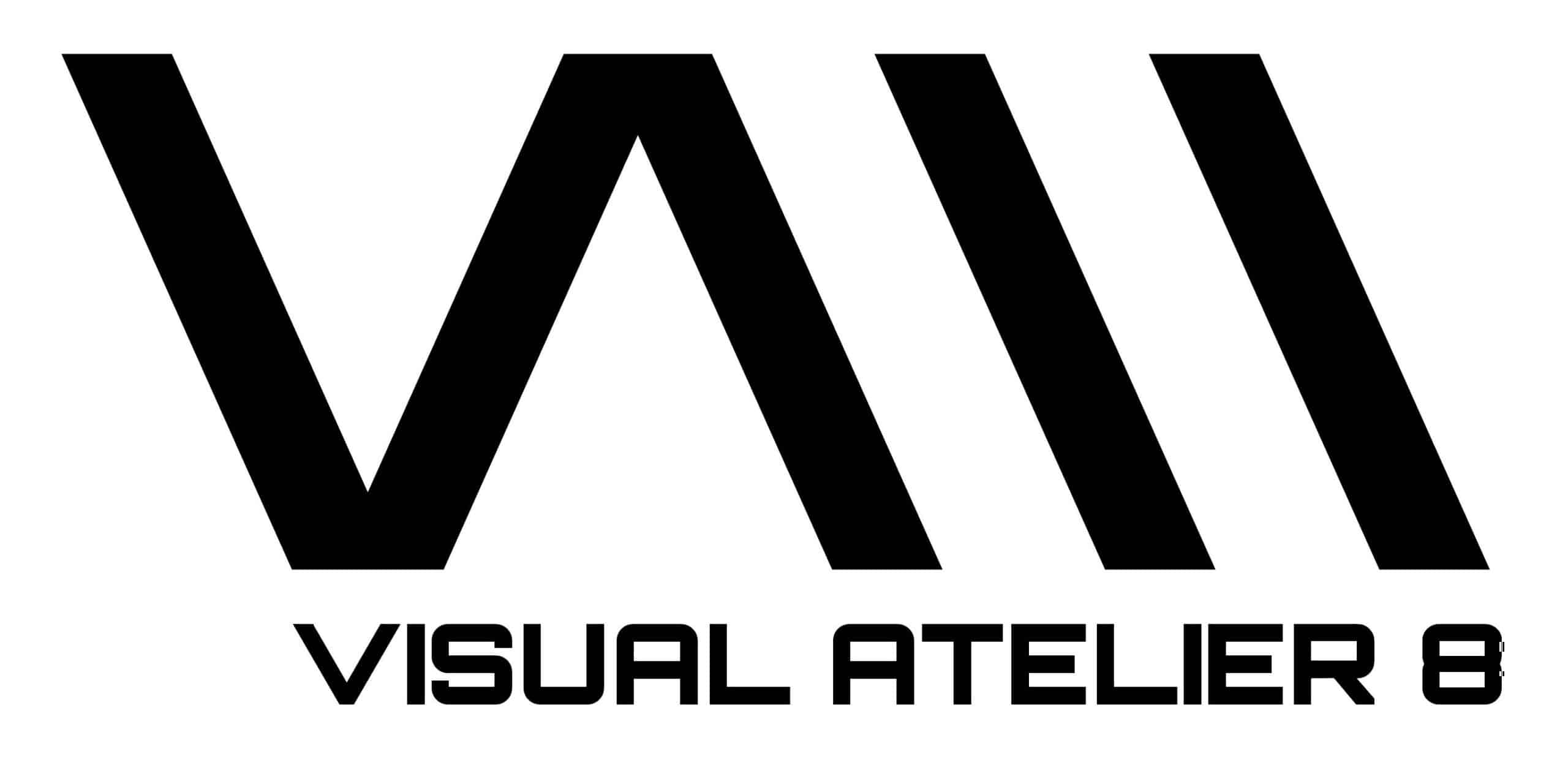
When implementing an Enterprise Resource Planning (ERP) system, assessing your business’s specific needs and finding a solution that aligns with your processes, budget, and growth strategy is essential. The first step is to outline your business goals and identify pain points in your current systems and workflows. What issues are you trying to solve by implementing ERP – reduced manual processes, better reporting and analytics, improved customer experience? Get input from stakeholders across departments to develop a wishlist of required ERP functionality.
Once you have outlined your objectives and must-have features, research ERP vendors that can meet 80-90% of your needs out-of-the-box vs highly customizable platforms. Weigh the pros and cons of cloud-based vs on-premises deployment and factor in IT infrastructure readiness. Shortlist 2-3 options that balance functionality, ease of use, and cost. Avoid going with niche vendors if you anticipate future growth or changes in business model – stick to established ERP leaders like SAP, Oracle, and Microsoft Dynamics for long-term scalability.
Developing an ERP Implementation Plan
The ERP implementation process can take anywhere from 6 months to a few years, depending on scope, customizations, and how well you manage organizational change. Your implementation plan should establish timelines for activities like installing hardware/software, migrating and testing data, training end-users, going live on the new system, and post go-live support. The plan must also outline the project team structure, including internal business leads, vendor implementation consultants, IT specialists, and change management resources.
Getting employee buy-in at all levels and aligning workflows to industry best practices in your ERP is critical. Conduct training sessions leading up to the go-live date so employees understand their individual roles. For a smooth transition, be prepared to run your legacy and new ERP systems in parallel for a set timeframe after going live. Gradually retire legacy processes as you stabilize on the new platform. Maintain good vendor relationships for ongoing enhancements and innovations, leveraging your ERP investment.

Developing an ERP Proposal
An integral part of your ERP project planning is to Request for Proposal templates for an ERP to evaluate vendor fit, formulate budgets and timelines, outline scope, and facilitate executive approval. Your ERP proposal should capture the following:
Business Case: This section outlines the rationale behind your ERP project – current technology limitations, data fragmentation issues, and manual reporting pain points. Quantify the functional gaps legacy systems pose to achieve scale and projected growth.
Project Deliverables: Detail specific improvements/capabilities sought from the new ERP spanning processes, data visibility, and analytics metrics to measure success.
Vendor Assessment Criteria: Specify your evaluation framework covering vendor strength, platform functionality, implementation approach, pricing models, and customer support benchmarks.
Scope Definition: Clearly define in-scope and out-of-scope modules, workflows, and reporting requirements. Also, consider future process enhancements that are conceivable with the proposed ERP solution.
Cost Benefit Analysis: Compare the total cost of ownership between ERP options under consideration over a set timeframe spanning licensing, customization, training, implementation services, infrastructure, and ongoing support.
Risk Analysis: Identify people, process, and technology change management risks and mitigation strategies, especially end-user adoption tactics and means to secure executive sponsorship.
Transition Plan: Layout detailed rollout timelines across planning, design configuration, testing, training, piloting, full solution go-live, and provisions for parallel runs.
Getting the ERP selection right and mapping rollout intricacies upfront by thorough planning is fundamental to minimizing business disruption and driving adoption. Having concise proposal templates makes it easier to evaluate options apples-to-apples and build consensus across the executive leadership team.


